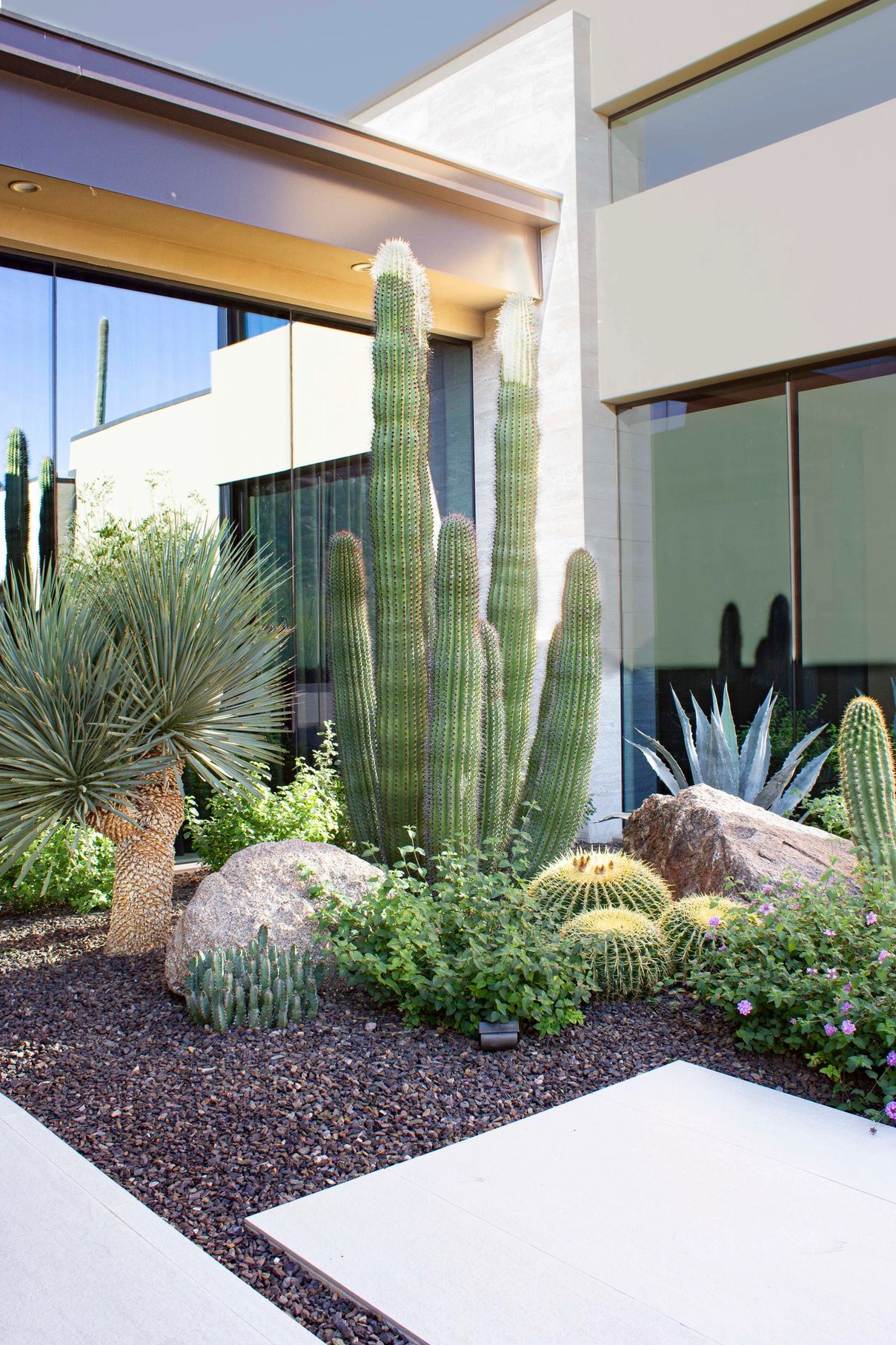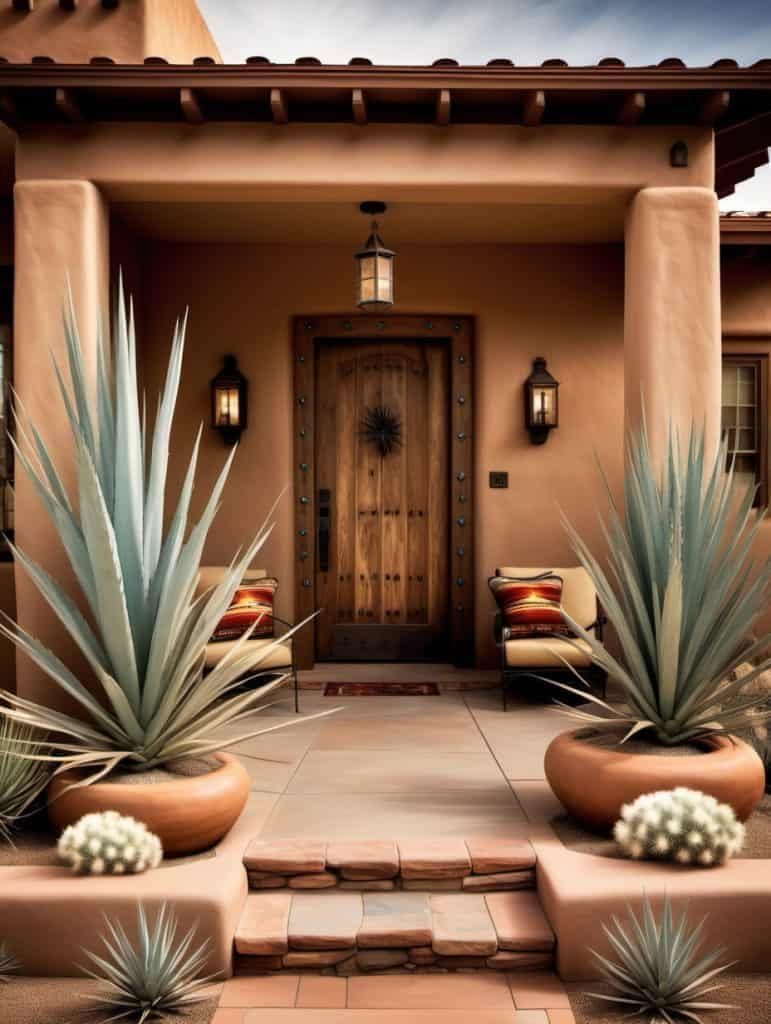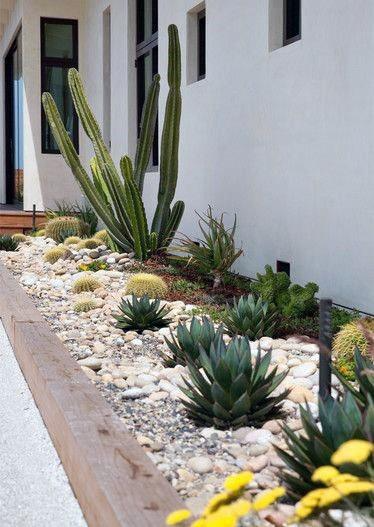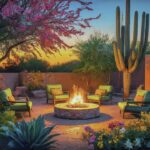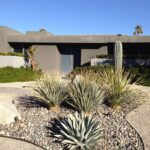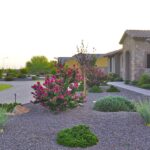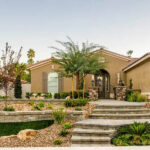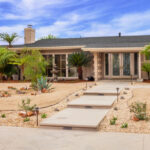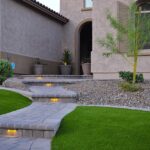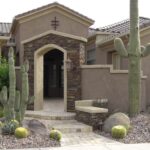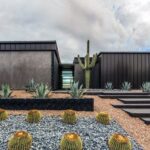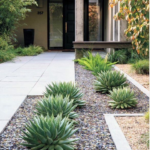Desert landscaping front yards have become increasingly popular in recent years due to their low maintenance and water-efficient nature. By using native plants and natural materials, homeowners can create a stunning and sustainable outdoor space that requires minimal upkeep.
One of the key elements of desert landscaping is choosing the right plants for your climate and soil type. Native desert plants, such as cacti, succulents, and desert shrubs, are well-adapted to the hot and dry conditions of a desert environment. These plants require little water and can thrive in harsh conditions, making them an ideal choice for a desert front yard.
In addition to choosing the right plants, incorporating natural materials like rocks, gravel, and sand can help create a cohesive and visually appealing desert landscape. Using these materials not only adds texture and interest to the space but also helps to retain moisture in the soil and reduce the need for irrigation.
When designing a desert front yard, it’s important to consider the layout and placement of plants and hardscape elements. Grouping plants with similar watering and sunlight needs together can help create a more efficient and aesthetically pleasing design. Incorporating pathways, seating areas, and other hardscape features can also add interest and functionality to the space.
Proper maintenance is essential for ensuring that a desert front yard remains healthy and attractive. Regular watering, pruning, and weeding are necessary tasks to keep plants looking their best and prevent pests and diseases. Mulching with gravel or crushed rock can help retain soil moisture and prevent erosion in windy desert climates.
Overall, desert landscaping front yards offer a sustainable and environmentally friendly alternative to traditional lawn and garden designs. By choosing the right plants, materials, and design elements, homeowners can create a beautiful and low-maintenance outdoor space that reflects the unique beauty of the desert landscape.
